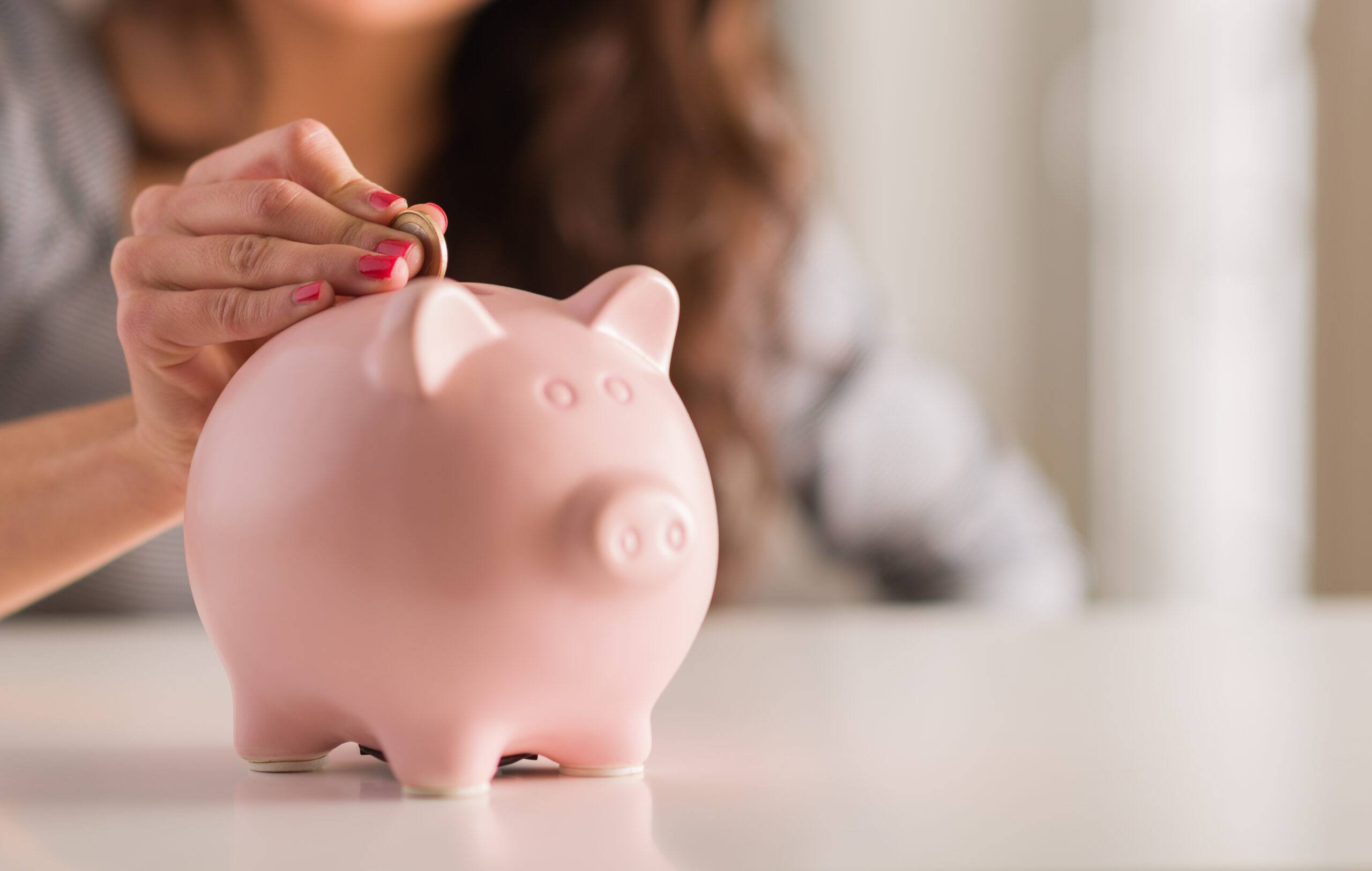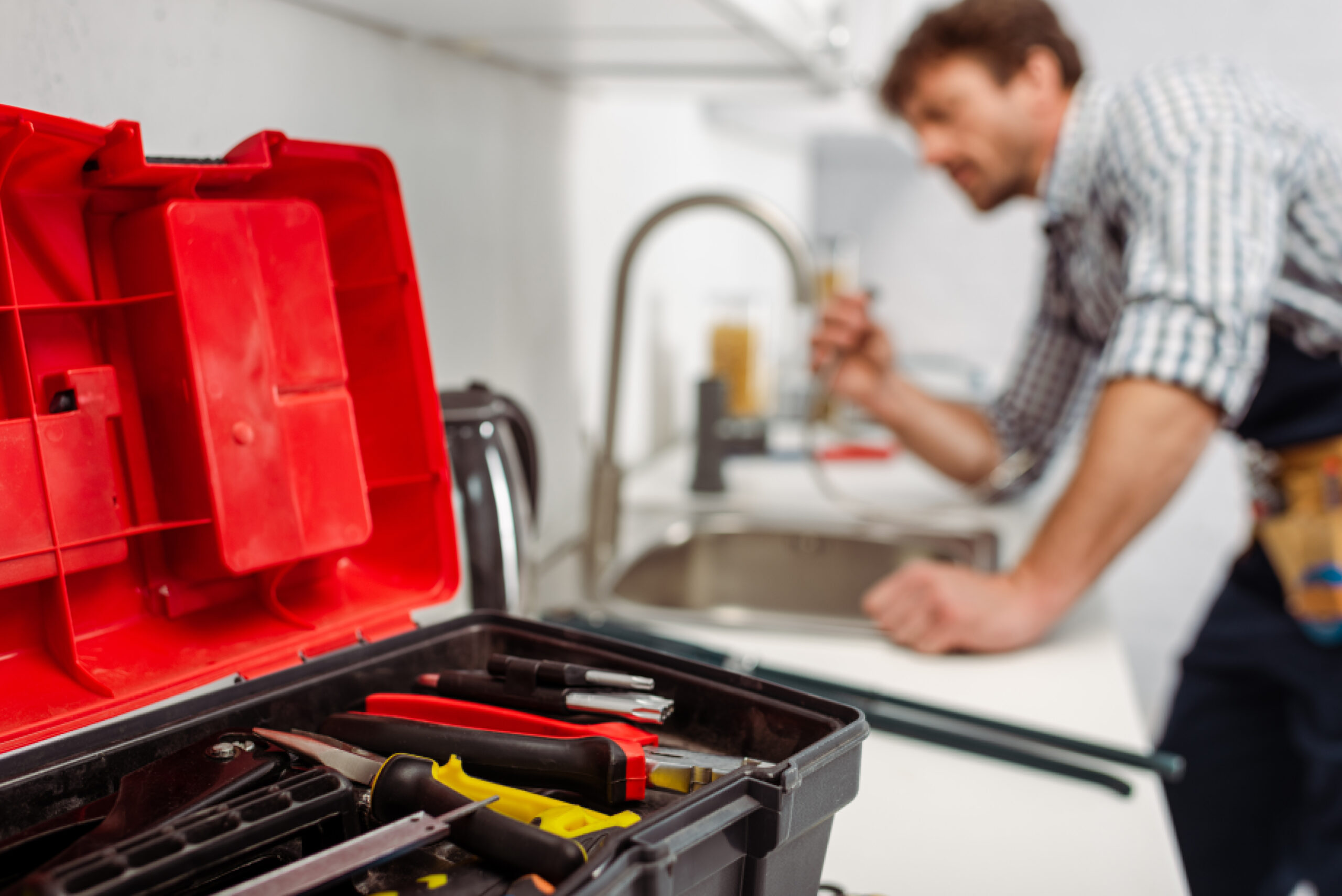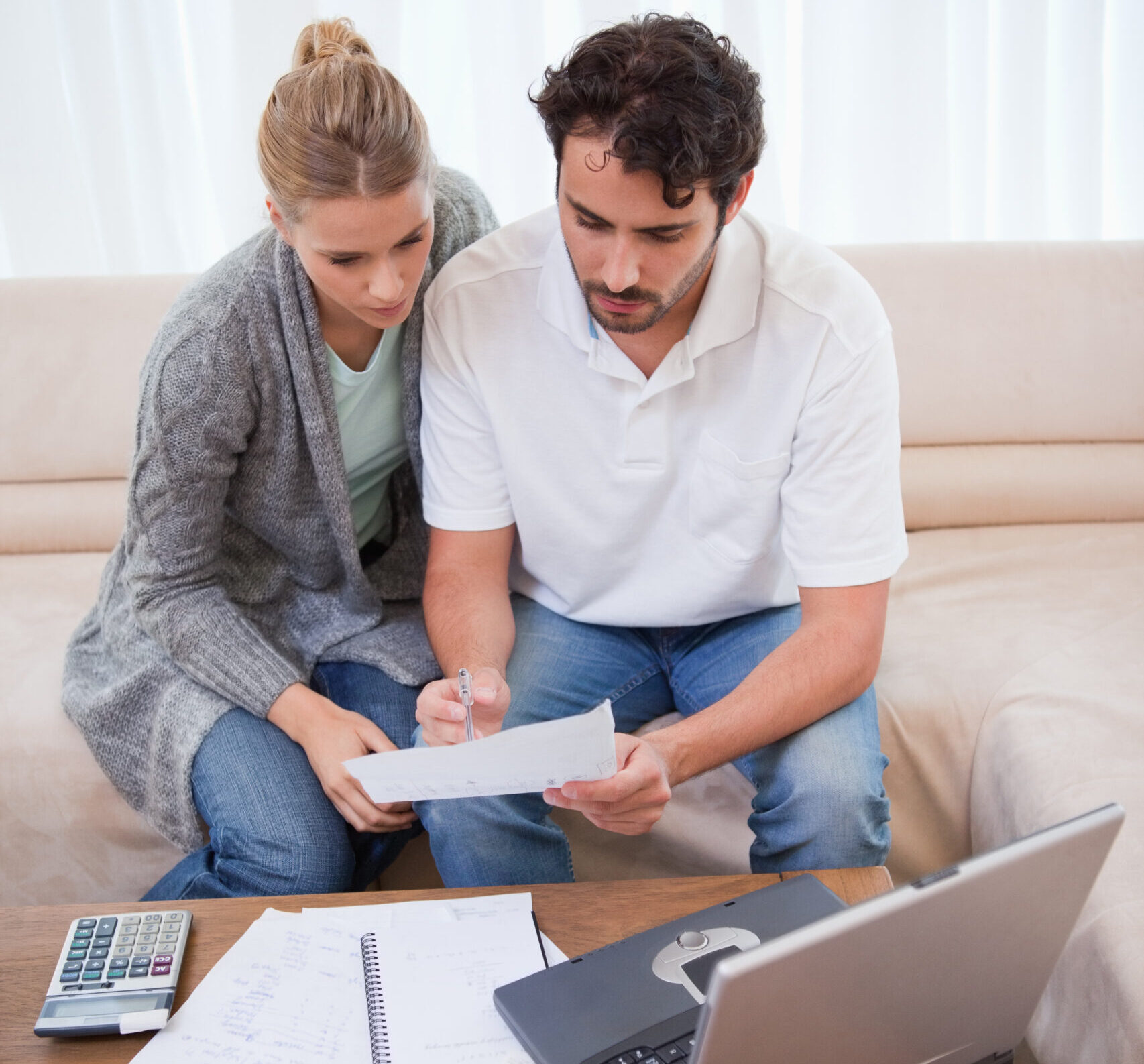Your Essential PODS Guide to Financing your First Home
For many people, owning their own place is a dream – a space where you can build a life, create memories and potentially secure your financial future. But for many first-time buyers, the path to homeownership can seem daunting, especially when it comes to funding it. There are so many financing options and costs to consider that make the goal of holding the keys to your own home feel that much further away.
However, the good news is that it is certainly possible and this could well be the year you reach your goal of home ownership. In this blog, we’ll explore the options when it comes to funding your first home and the main costs you need to budget for.
Saving for a Deposit
When you apply for a mortgage, having the deposit ready to go is the first hurdle to overcome. In today’s property market, where house prices have been climbing, particularly in areas like London and the South East and some parts of the North West, accumulating a substantial deposit can feel like an uphill battle. Most lenders require at least a 5% deposit when financing your first home and it’s typically between 10% and 20%! This means you first need to think about how you can gather that amount of money.

Set a clear savings target to start with. If you’re eyeing a £200,000 flat, for instance, a 10% deposit would be £20,000. It’s a significant sum, but don’t be discouraged – there are various ways to reach this goal. First, make saving automatic – set up a standing order to transfer a portion of your income every month into a high-interest savings account or a Lifetime ISA (LISA). The LISA is particularly attractive for first-time buyers, as the government adds a 25% bonus to your savings, up to £1,000 per year.
Savings Strategies to Help Finance your First Home
An often-overlooked strategy is selling items you no longer need. According to MPB, the global recommerce market is now a staggering £6.5bn in the UK alone, meaning you have plenty of opportunities to make some money by selling on items you no longer need. That old iPhone, laptop or gaming console could fetch a good price, but you can also look at designer clothes sitting in your wardrobe, unwanted furniture and even books and DVDs to turn into cash.
It’s worth scrutinising your spending habits when saving because those daily trips to the local coffee shop or weekly takeaways can add up quickly. Consider meal prepping or finding more budget-friendly lunch spots, and look at other areas of your spending such as switching to a cheaper mobile plan or cutting back on subscription services like Netflix. Boosting your income can also dramatically speed up your savings too. Side hustles are more accessible than ever, so think of ways you can use your skills to make a bit of extra cash each month by tutoring online or freelancing in your professional field.
Don’t Forget Additional Costs
When you’re saving for your first home, it’s easy to fixate on the big numbers – the home’s price tag and your deposit. But these aren’t the only costs you’ll face. Many first-time buyers are caught off guard by the array of additional expenses that come with purchasing a home. Being prepared for these fees is crucial; they can add up quickly and, if not budgeted for, could strain your finances just when you need stability the most.
Start with the home survey – while it is tempting to save a few hundred pounds, a thorough inspection can save you thousands in the long run. A qualified inspector examines everything from the foundation to the roof. They are looking for for structural issues, water damage, electrical problems, and more. In the UK, a basic inspection typically costs between £300 to £600, depending on the property size and location.
 You also need to think about conveyancing fees and completion costs which can run anywhere from £1,000 to £1,750 or more. Some lenders offer deals where they cover certain costs, but these are often in exchange for a higher interest rate so always do the sums to see which option saves you more in the long term. You’ll also need to think about how you’ll fund the move itself, such as paying for removal teams to help you with the move.
You also need to think about conveyancing fees and completion costs which can run anywhere from £1,000 to £1,750 or more. Some lenders offer deals where they cover certain costs, but these are often in exchange for a higher interest rate so always do the sums to see which option saves you more in the long term. You’ll also need to think about how you’ll fund the move itself, such as paying for removal teams to help you with the move.
Understand Your Mortgage Options
The mortgage market can seem like a maze filled with unfamiliar terms and a variety of choices. However, each type of mortgage is designed to cater to different financial situations and goals. By grasping the fundamentals of each option, you are better equipped to choose the one that aligns with your needs.
A fixed-rate mortgage means the interest rate on these mortgages stays constant throughout the term, which may be 2, 3 or 5 years. This stability makes budgeting easier – your monthly payment remains the same, shielding you from interest rate fluctuations. You can also get variable-rate mortgages which start with a lower fixed rate for an initial period, then you simply adjust annually based on market rates. There are also schemes to help first-time buyers get on the market, such as shared ownership, which can make getting on the property ladder more affordable.
Remember, a mortgage and financing your first home is likely the largest debt you’ll ever take on so don’t hesitate to ask lenders to provide you with advice on the best loan for your circumstances. It may be worthwhile enlisting the services of a mortgage broker to help you. They’ll charge for their services but it can be a good investment because they have access to all lenders. They help you find a mortgage that offers the lowest interest rate.
So, take a deep breath and get excited! Whether your perfect home is a cosy city flat, a suburban house with a garden or a quiet country cottage in a remote village… Your first home is well within reach.





